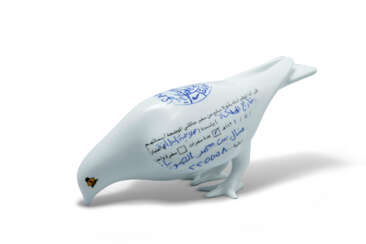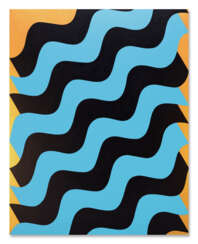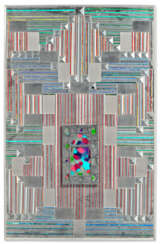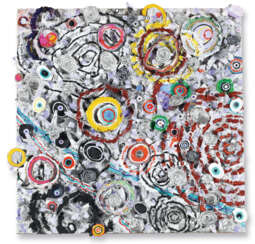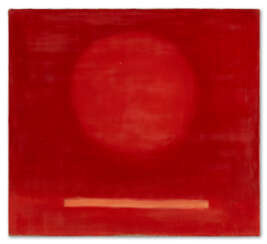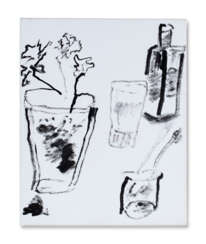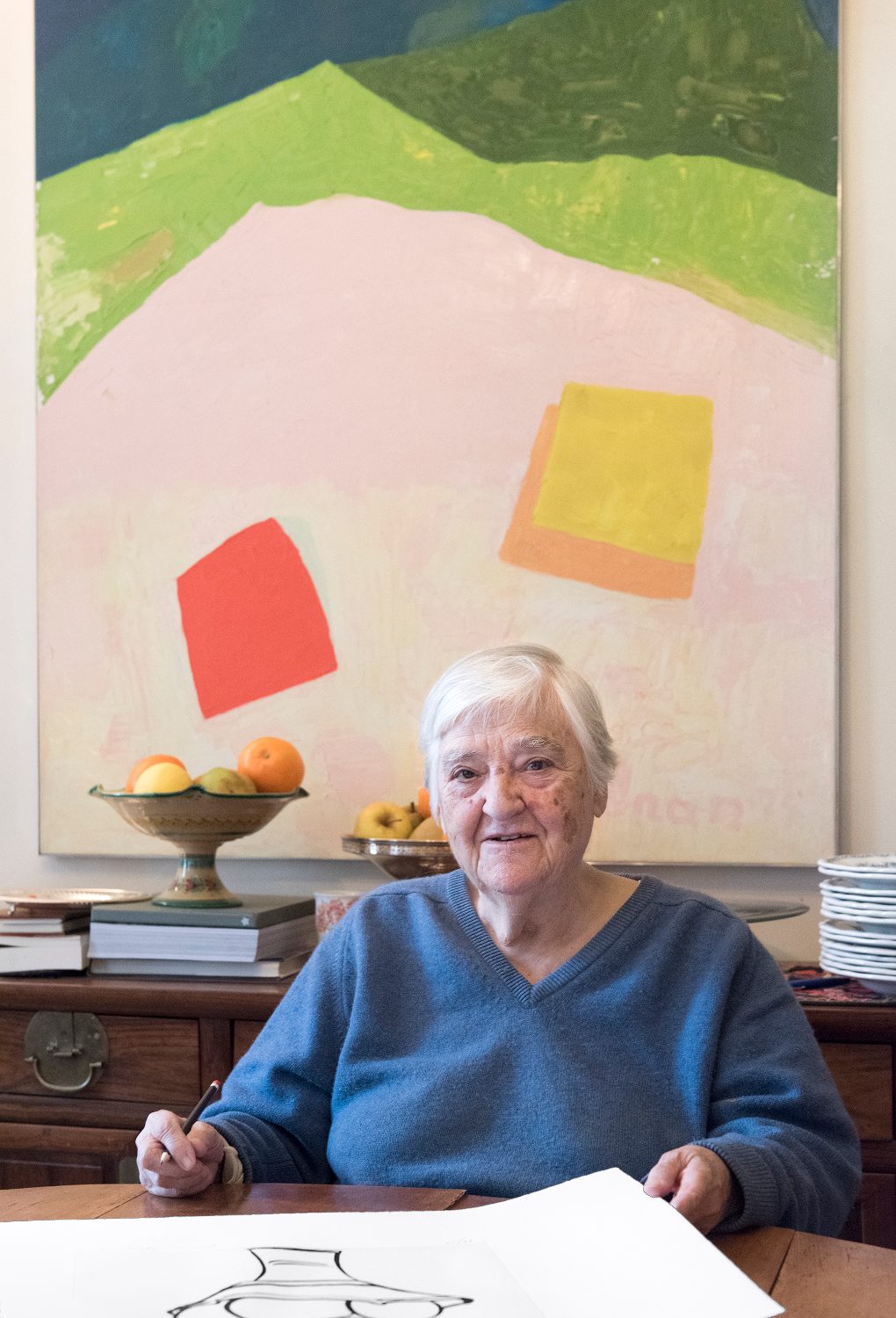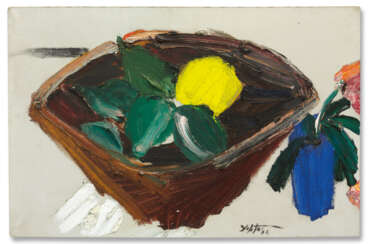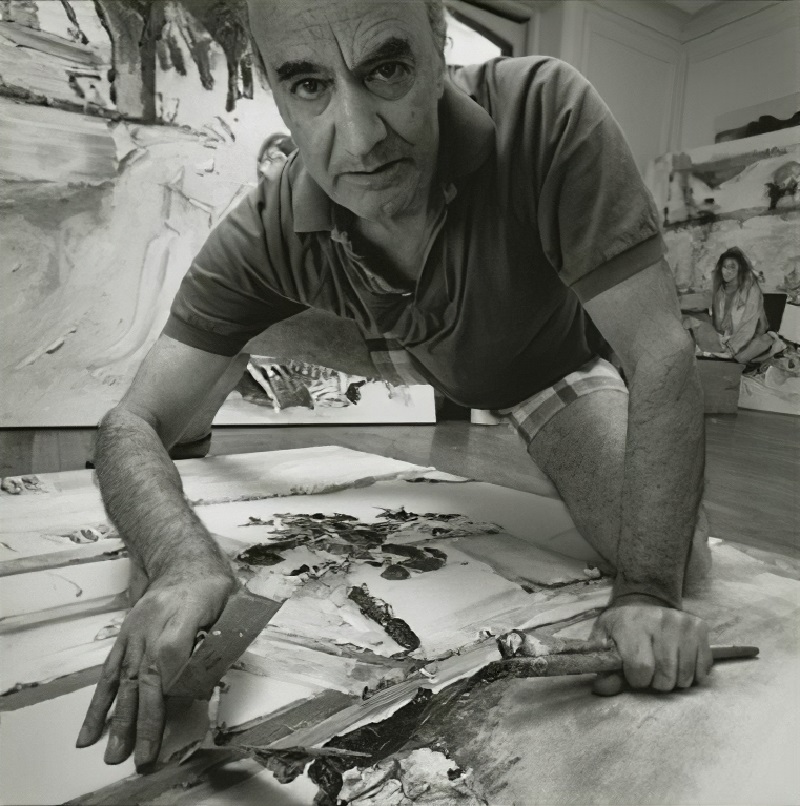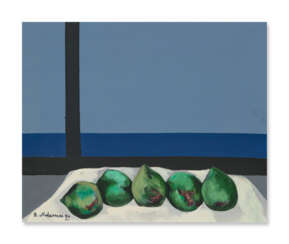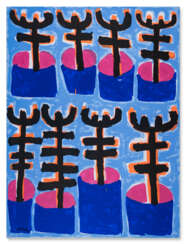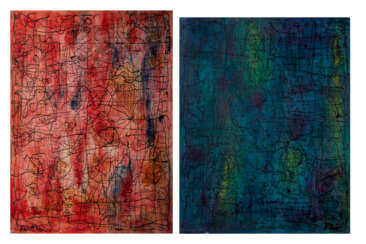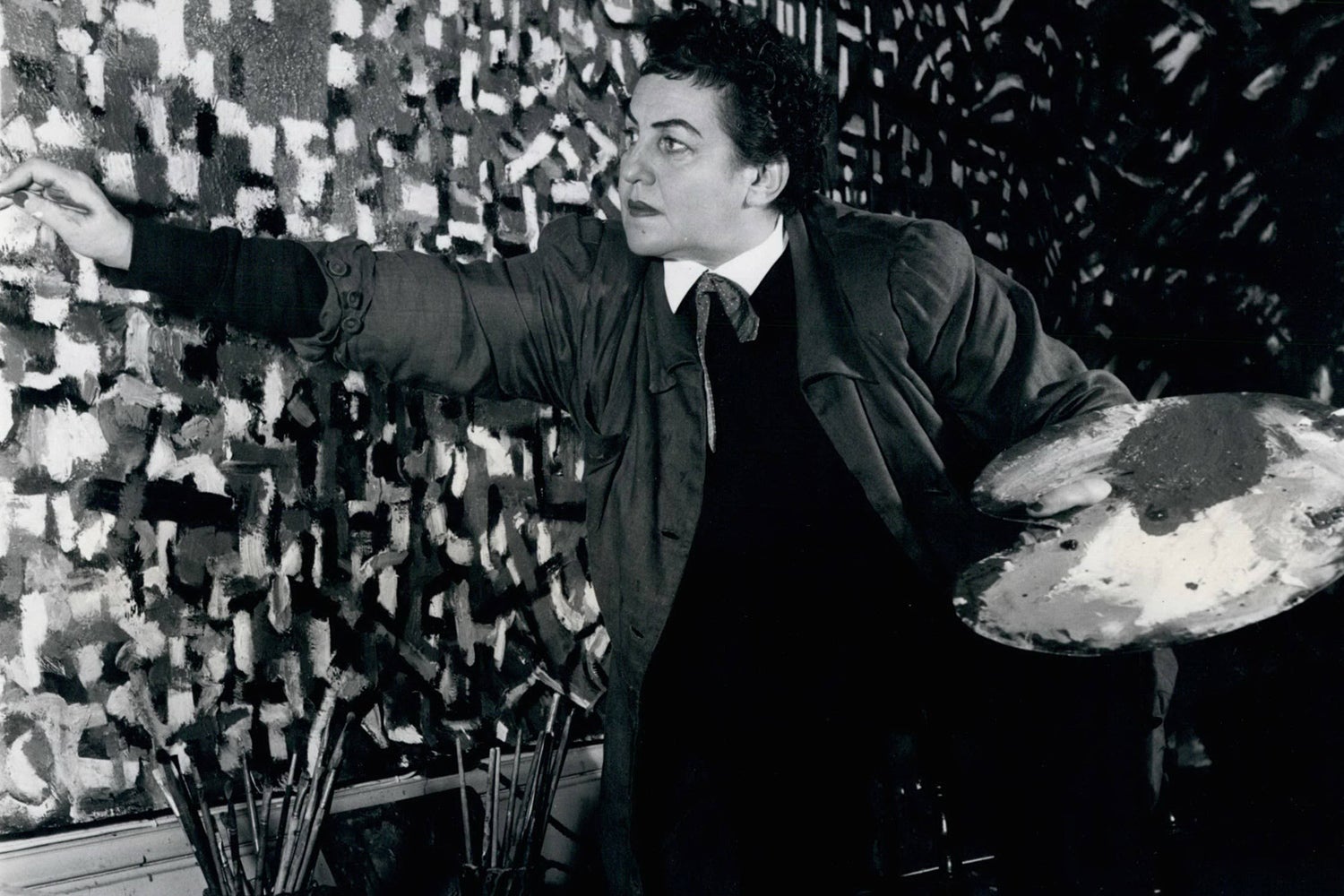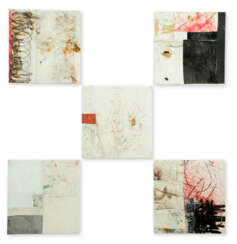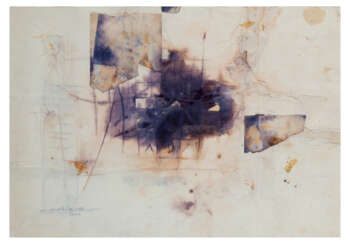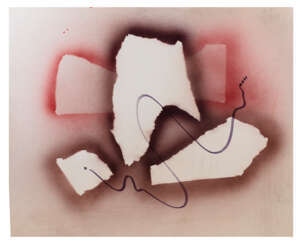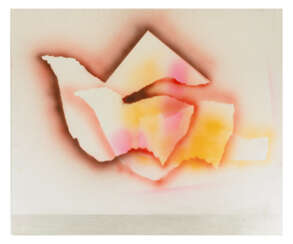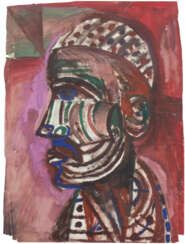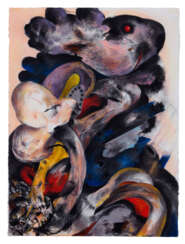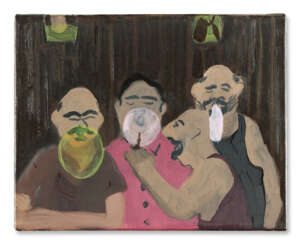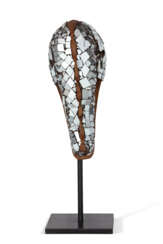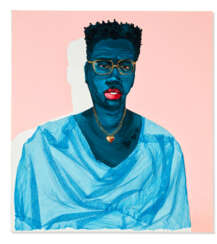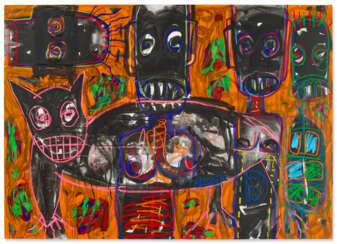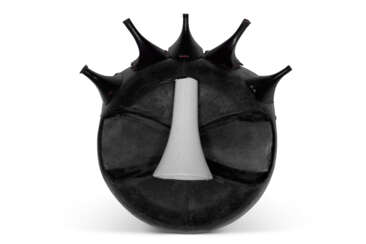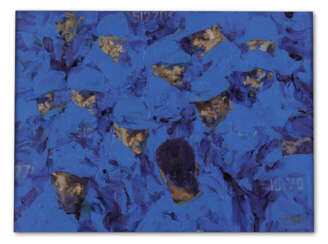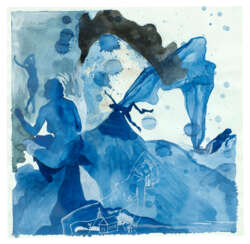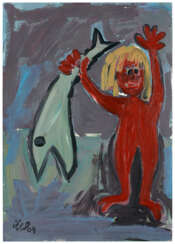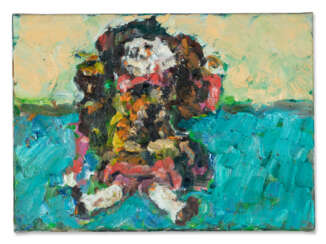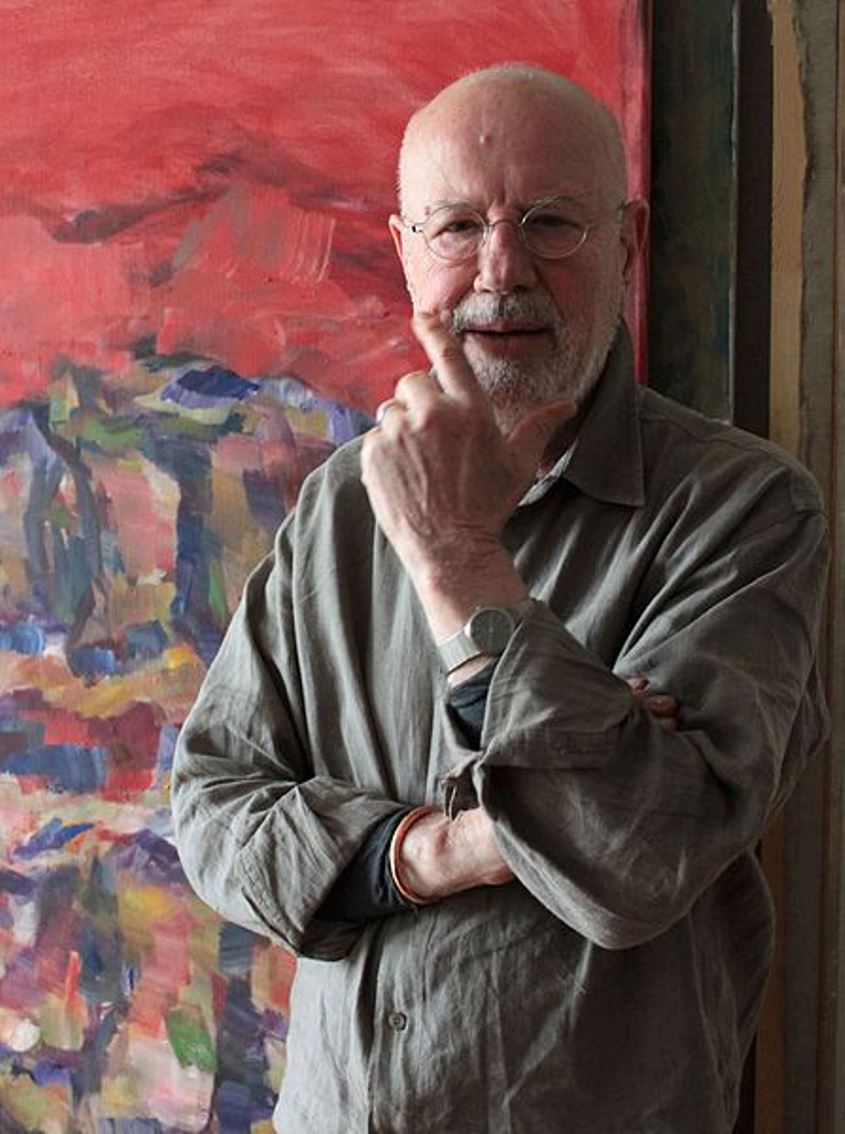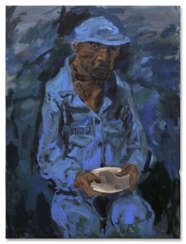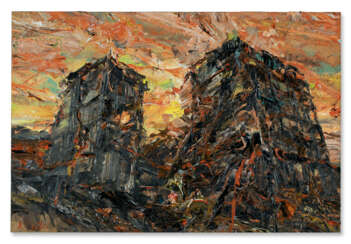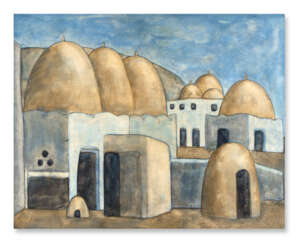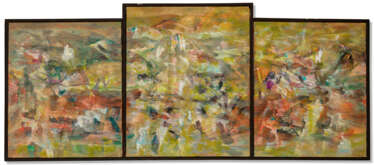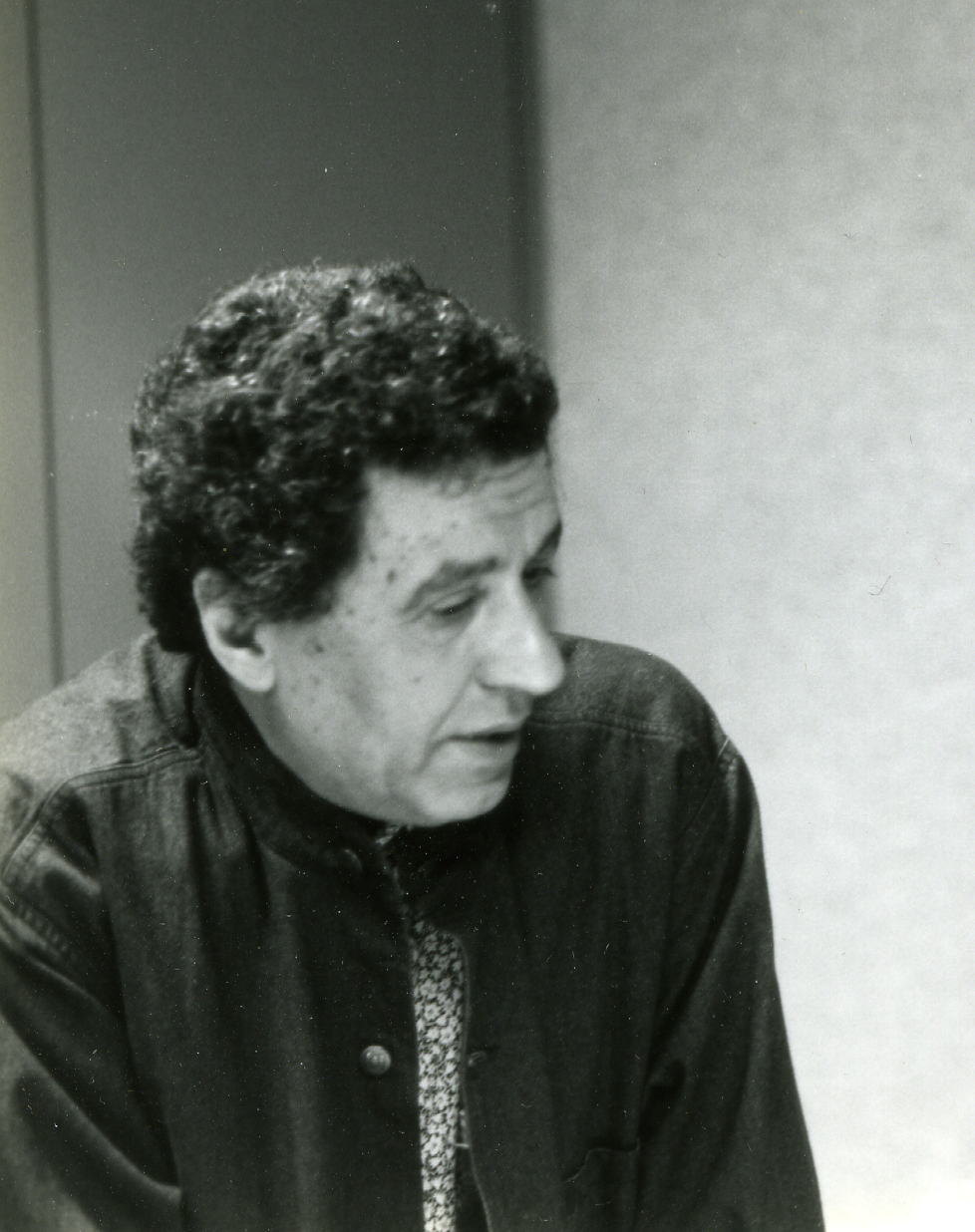
Modern and Contemporary Art Dubai
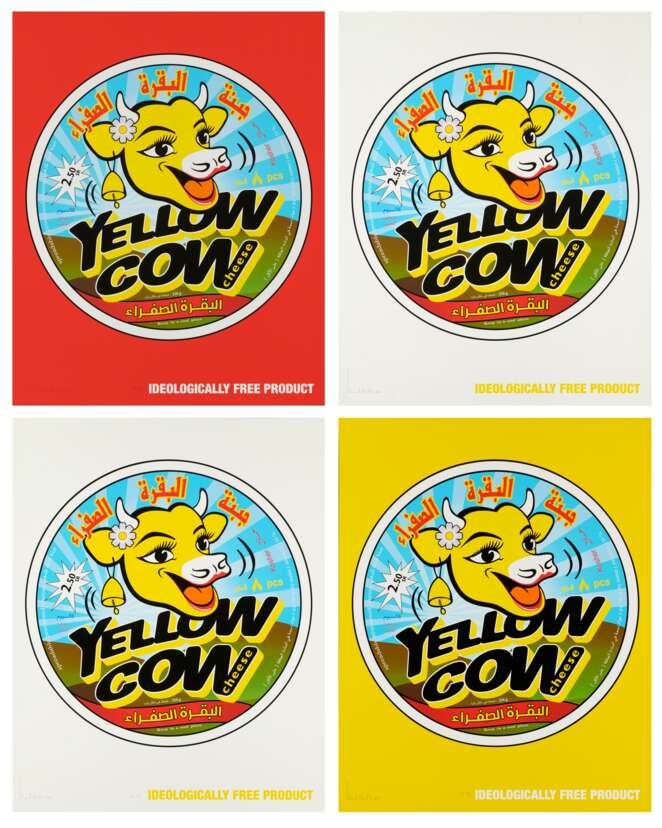
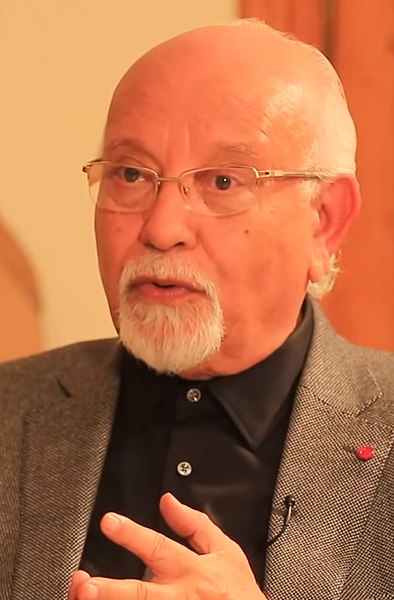
Mohamed Melehi was a Moroccan painter associated with the Casablanca school, a modernist art movement active in the 1960s in Morocco. Melehi became a professor at the School of Fine Arts of Casablanca, teaching painting, sculpture, and photography. In 1969, Melehi and his colleagues of the Casablanca school organized an exposition-manifeste, or protest exhibition, entitled Présence plastique. The artists displayed their works in Jemaa el-Fnaa in the Marrakesh medina, snubbing an official Moroccan art salon of happening at the same time. This exhibition is regarded as the founding moment of modernism in Morocco.
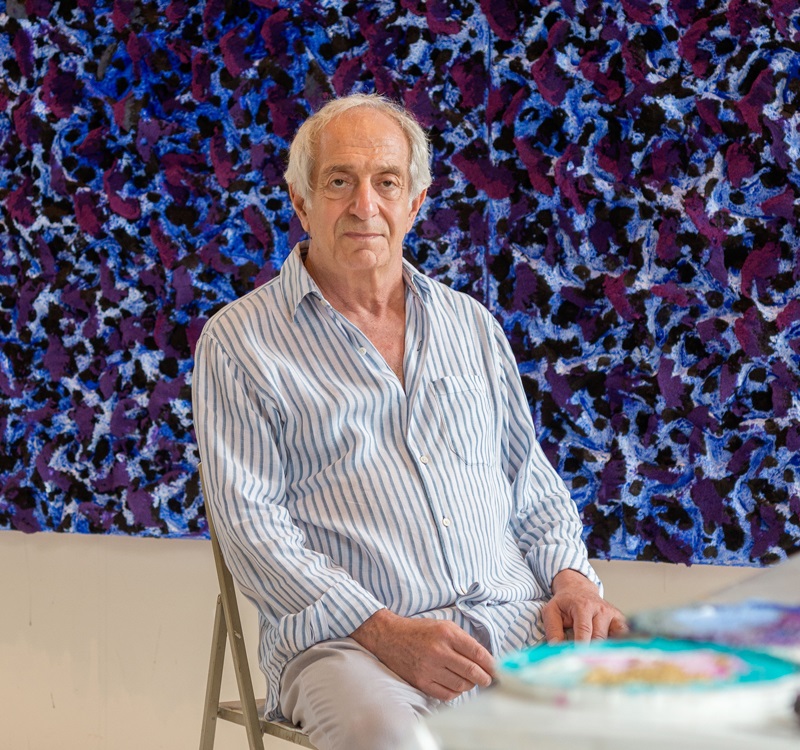
Nabil Nahas is a Lebanese artist and painter living in New York.
Nahas’ paintings have made use of geometric motifs and decorative patterns inspired Levantine art architecture. Nahas also employs traditional Western abstract painting, pointillistic and impressionistic techniques. Sometimes he combines these traditions in brightly colored paintings, suggestive of the richness of nature and of the imagination. One of Nahas’ motifs is starfish, sometimes cast in acrylic paint, on top of which he layered high-chroma acrylic paint.
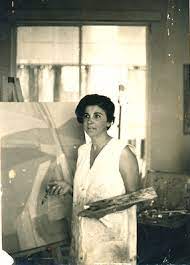
Helen Khal was an American artist and critic of Lebanese descent. She started her painting career at the age of 21. She held her first individual exhibition in 1960 in Galerie Alecco Saab in Beirut. Her other one-woman shows took place at Galerie Trois Feuilles d'Or, Beirut (1965); Galerie Manoug, Beirut (1968); at the First National Bank, Allentown, Pennsylvania (1969); in Kaslik, Lebanon (1970); at the Contact Art Gallery, Beirut (1972, 1974 and 1975) and at the Bolivar Gallery in Kingston, Jamaica in 1975. Her work also appeared in the Biennales of Alexandria and São Paulo. She also taught art at the American University of Beirut from 1967 to 1976 and at the Lebanese American University from 1997 to 1980. She inspired many other artists. Helen Khal was also recognized as an author and critic. "From 1966 to 1974, Helen Khal was Art Critic to two Lebanese periodicals, The Daily Star and Monday Morning.
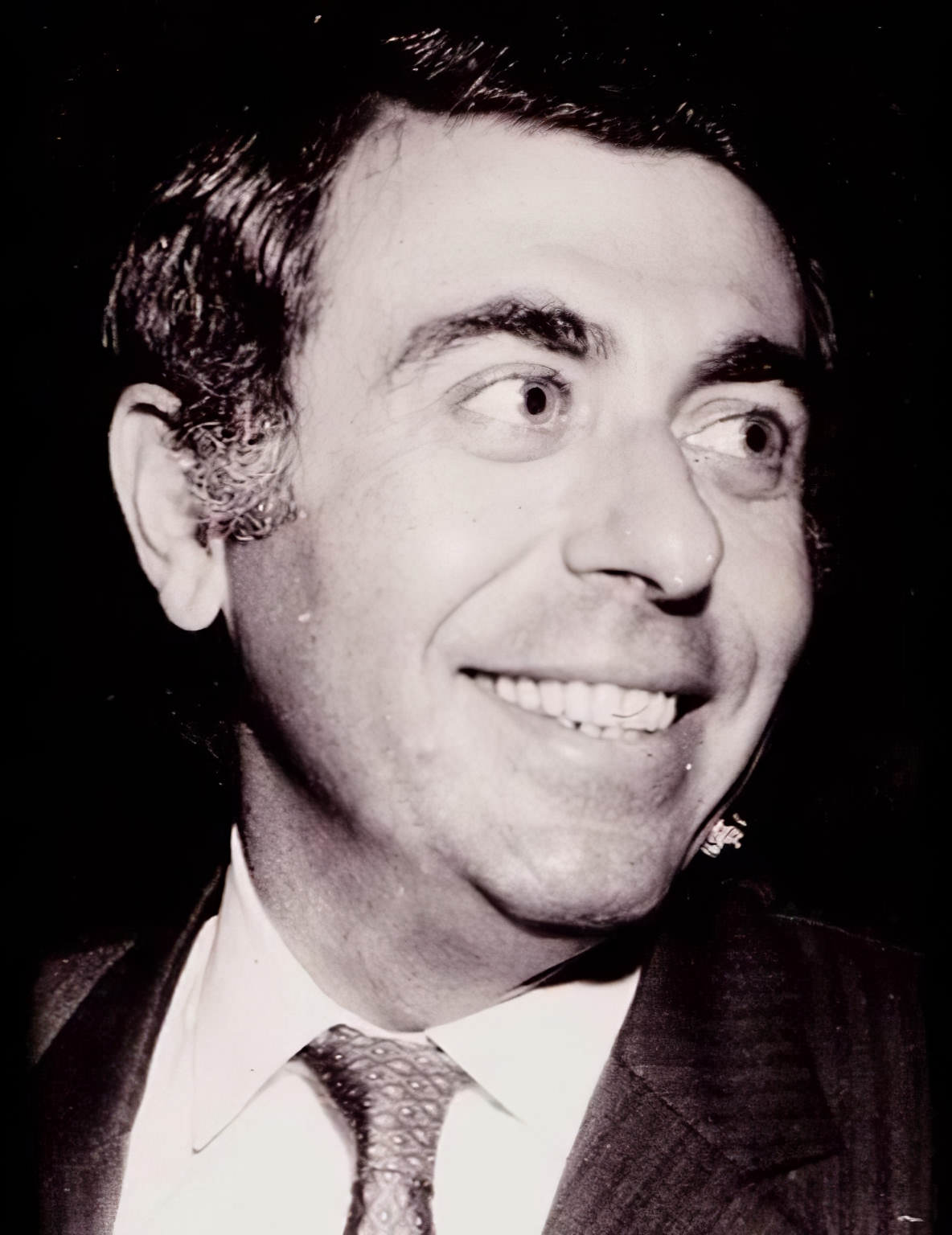
Bahman Mohassess was an Iranian painter, sculptor, translator, and theatre director. His oeuvre comprises paintings, sculptures and collages. Known as "the irreverent" artist, Mohasses is said to have destroyed many of his own works, and those that become available at auction are now highly sought after. Mohassess is the most prominent artist who was openly gay in Iran, which is still stigmatized. He was the subject of the Mitra Farahani film documentary, Fifi Howls from Happiness (2013).
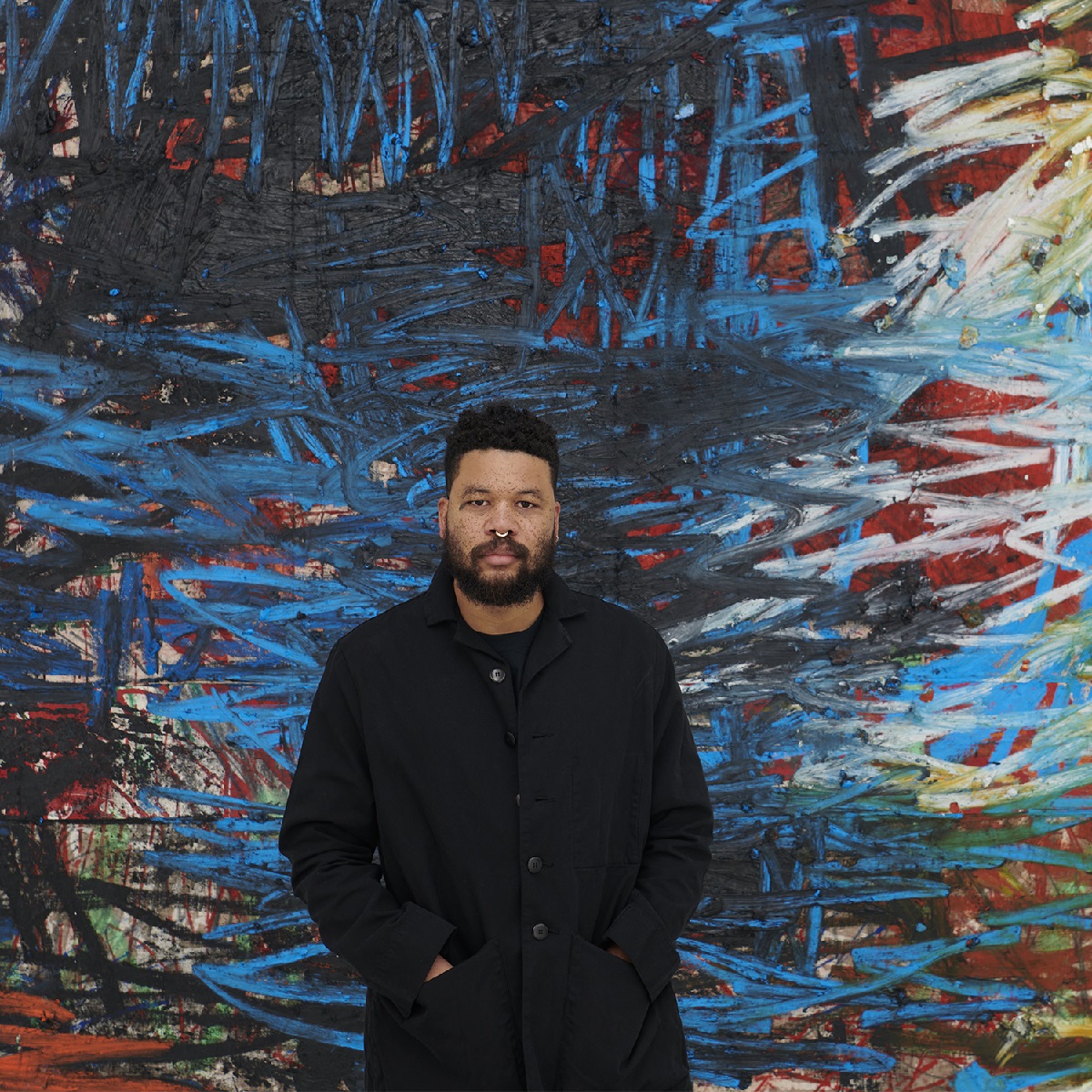
Oscar Murillo is an artist working within the painting tradition. He currently lives and works in various locations.
In 2019, he co-won the Turner Prize after requesting with his fellow nominees (Tai Shani, Helen Cammock, and Lawrence Abu Hamdan) that the jury award the prize for the first time to all four nominated artists.
Oscar Murillo works across painting, installation, and performance, often using draped black canvases, large-scale paintings composed of stitched-together fragments, and metal structures evoking autopsy tables and rock-like sculptures formed of corn and clay. His practice can be understood as a sustained and evolving investigation of community, informed by his cross-cultural personal ties between Colombia and the UK.
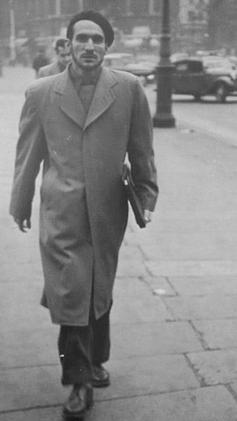
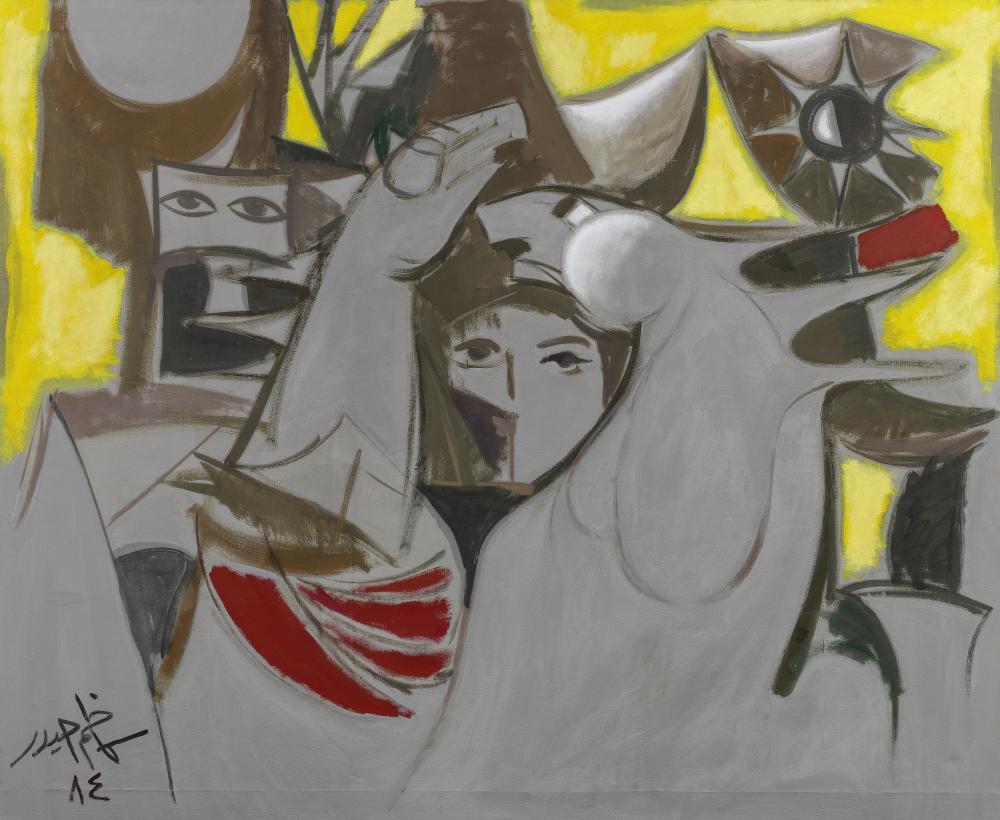
Kadhim Haydar was a highly respected Iraqi artist, poet, author, stage-set designer and educator who, as part of the first generation of modern Iraqi artists, had a major influence on the direction of modern Iraqi art. His artworks are noted for their use of symbolism, myth and poetic allegory within a contemporary framework. His earliest works drew inspiration from the suffering of the Iraqi labourer. He presented workers as heroes with well-developed musculature, chiselled features and an imposing presence as they faced their daily struggless. His later work sought to combine his passion for Iraqi literature, poetic allegory, symbolism and abstraction into works that were primarily narrative and dealt with themes of good versus evil. For instance, he employed ancient aesthetic principles such as repeating geometric patterns derived from ancient Mesopotamian art traditions. He also included poetry in some of his artworks.

Kadhim Haydar was a highly respected Iraqi artist, poet, author, stage-set designer and educator who, as part of the first generation of modern Iraqi artists, had a major influence on the direction of modern Iraqi art. His artworks are noted for their use of symbolism, myth and poetic allegory within a contemporary framework. His earliest works drew inspiration from the suffering of the Iraqi labourer. He presented workers as heroes with well-developed musculature, chiselled features and an imposing presence as they faced their daily struggless. His later work sought to combine his passion for Iraqi literature, poetic allegory, symbolism and abstraction into works that were primarily narrative and dealt with themes of good versus evil. For instance, he employed ancient aesthetic principles such as repeating geometric patterns derived from ancient Mesopotamian art traditions. He also included poetry in some of his artworks.


Abdoulaye Diarrassouba, also known as Aboudia, is an American-Ivorian contemporary artist.
Aboudia began his artistic career early and has drawn attention for his expressive and emotional style. His work reflects the complex realities of the city and the experiences of locals during political and social crises. The painter often uses bright colours, rough strokes and abstract shapes to convey the violence, chaos and hope that are present in his subjects' lives.
Aboudia's artistic style mixes elements of graffiti, street art, African folk painting and contemporary art.
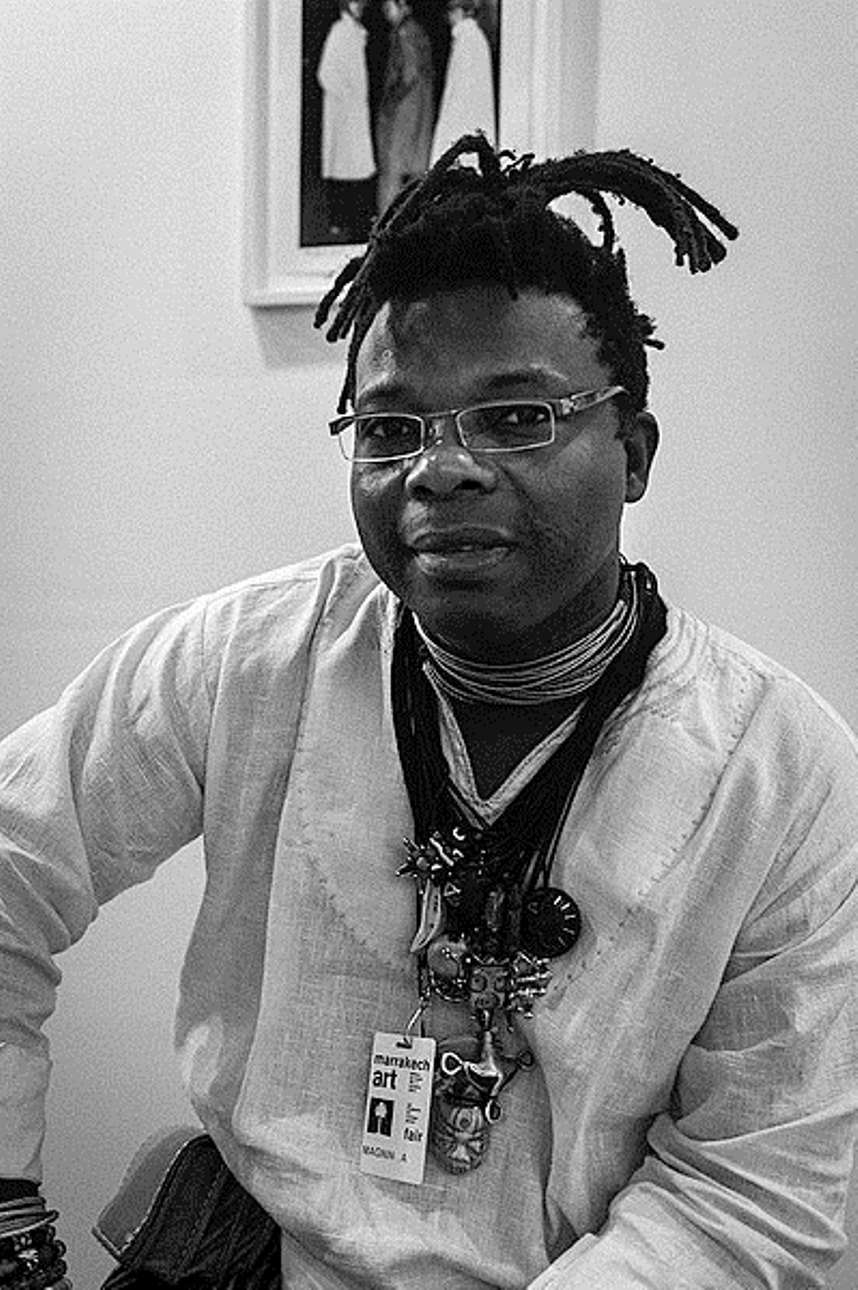
Romuald Hazoumé, or Romuald Hutzoumck, is one of Africa's leading artists and winner of the Arnold Bode Prize (Germany). He was awarded the prize for his installation "Dream," a replica of a ship transporting economic migrants from Africa to Europe made of canisters. In his art he mostly uses old gasoline cans. Hazume also creates oil paintings, large-scale installations, videos, and photographs.
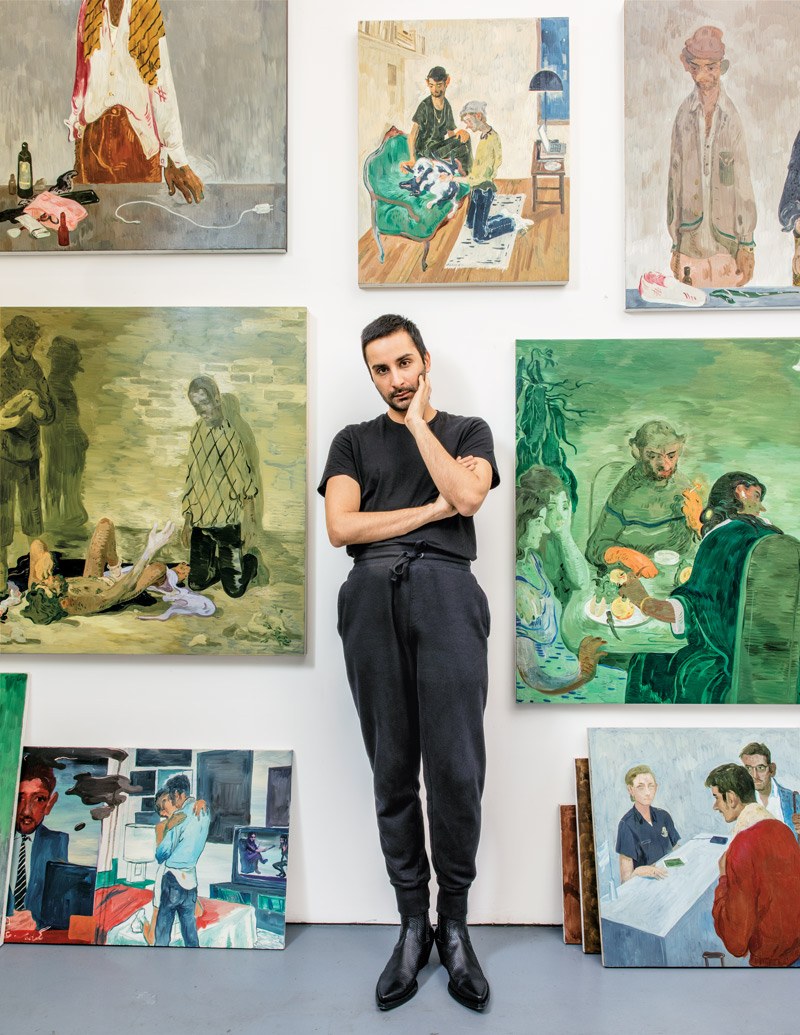
Salman Toor is a Pakistani-born American painter. His works depict the imagined lives of young men of South Asian-birth, displayed in close range in either South Asia and New York City fantasized settings. Toor lives and works in New York City.
